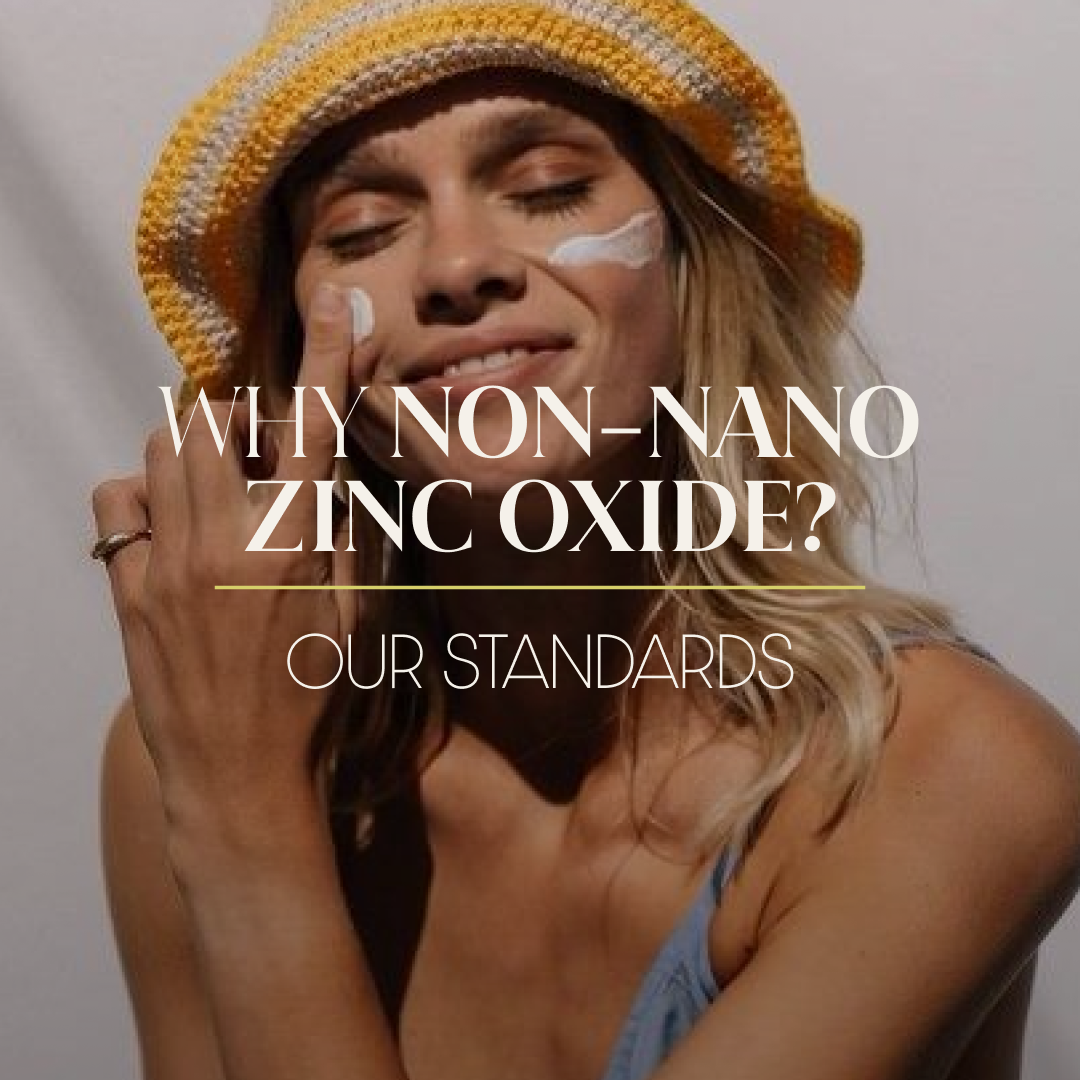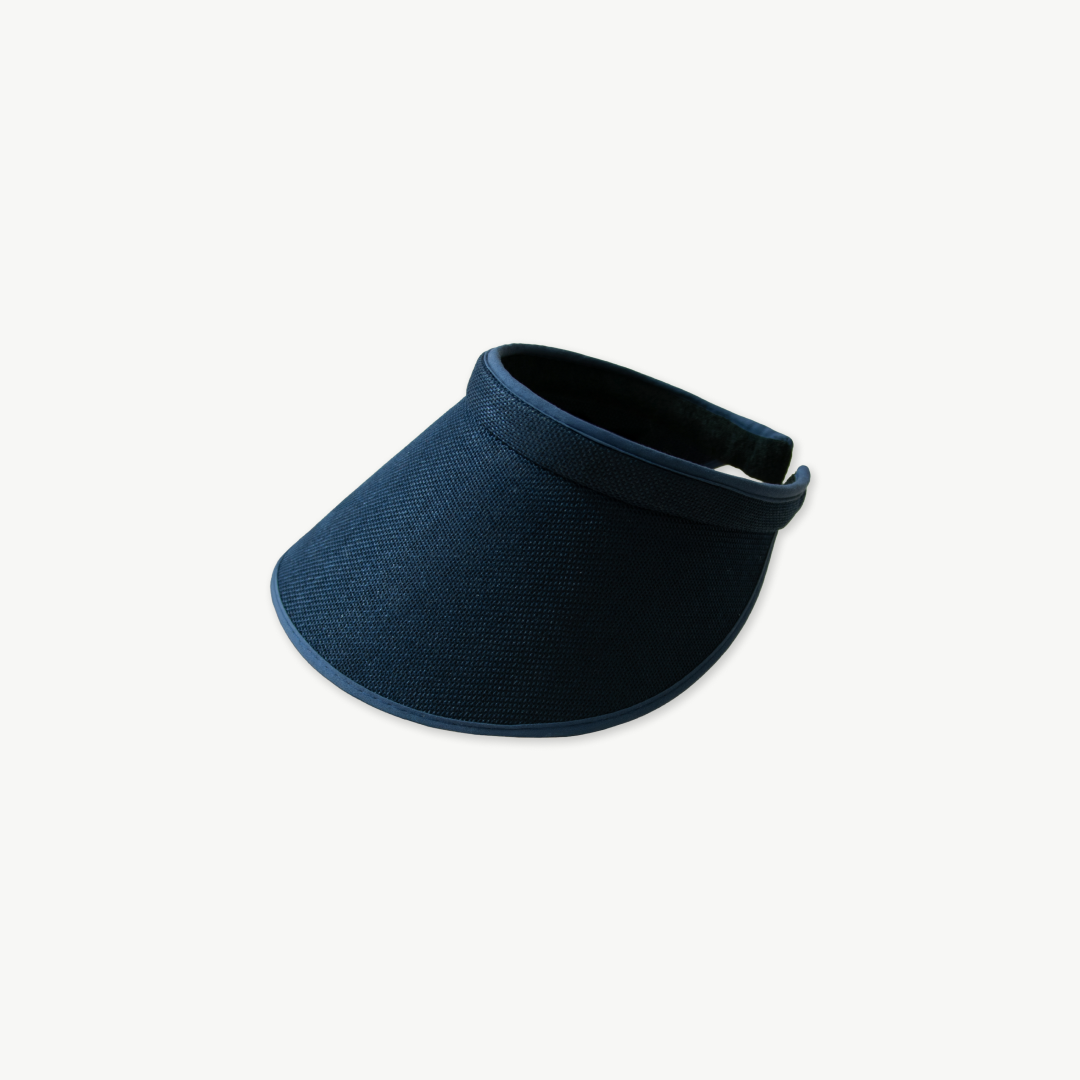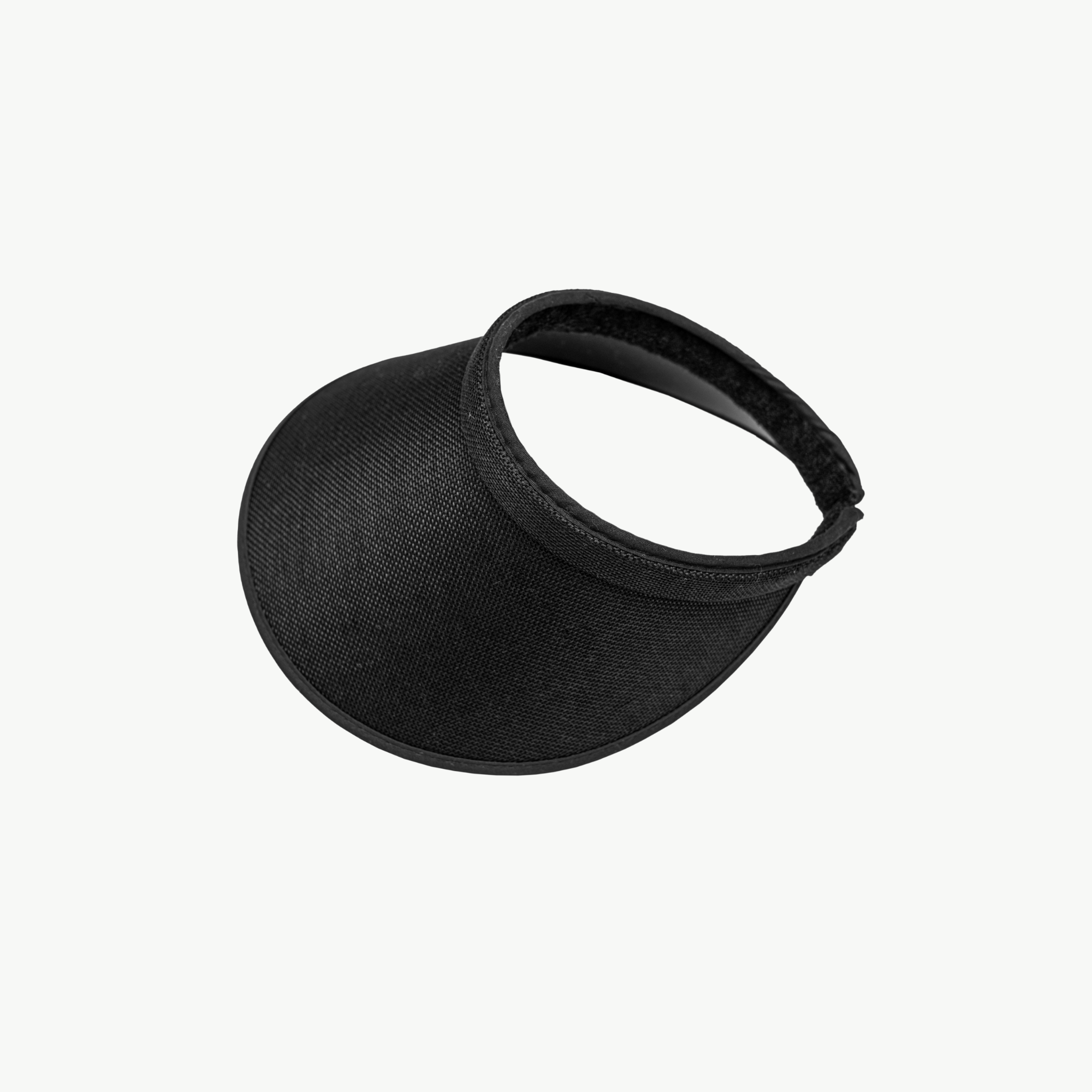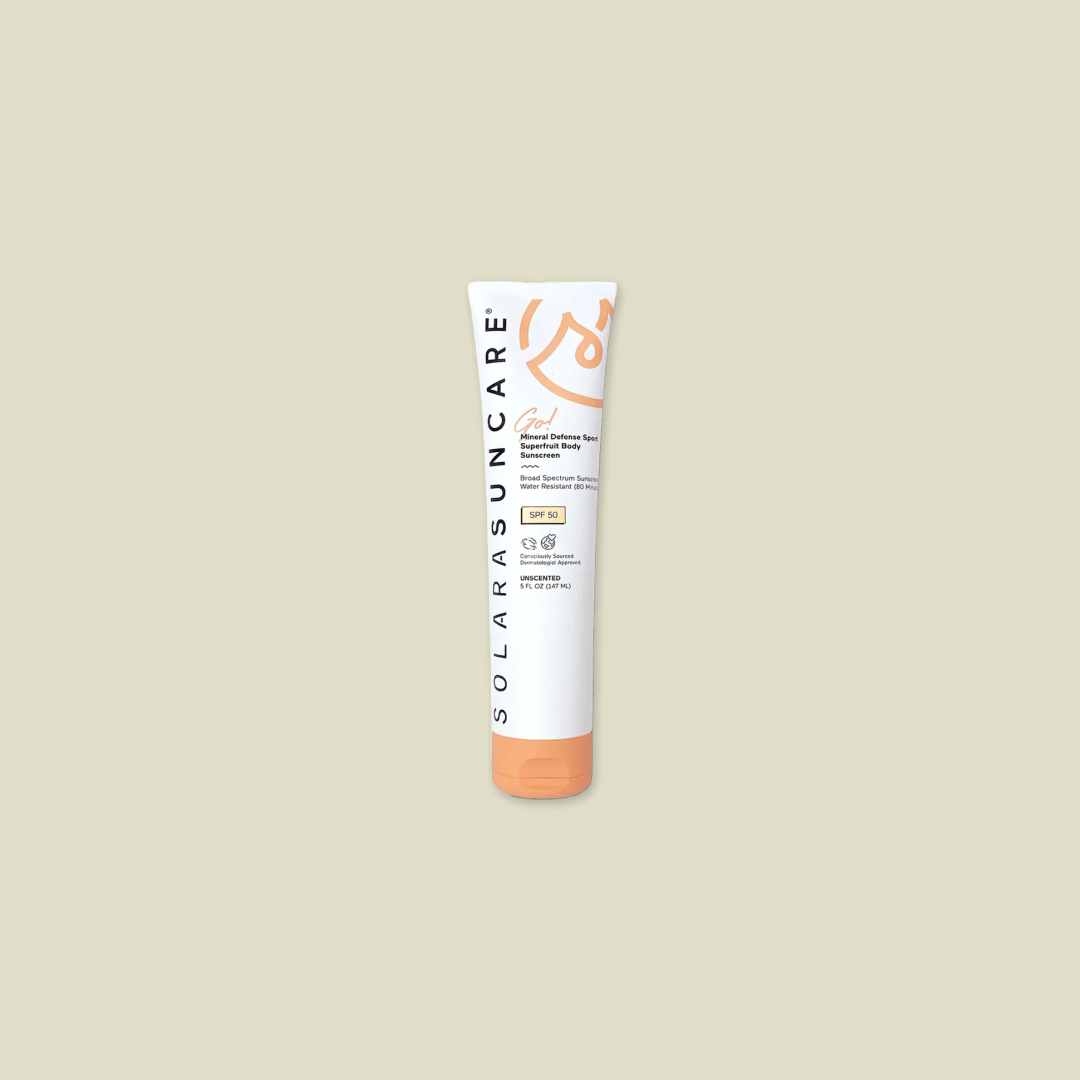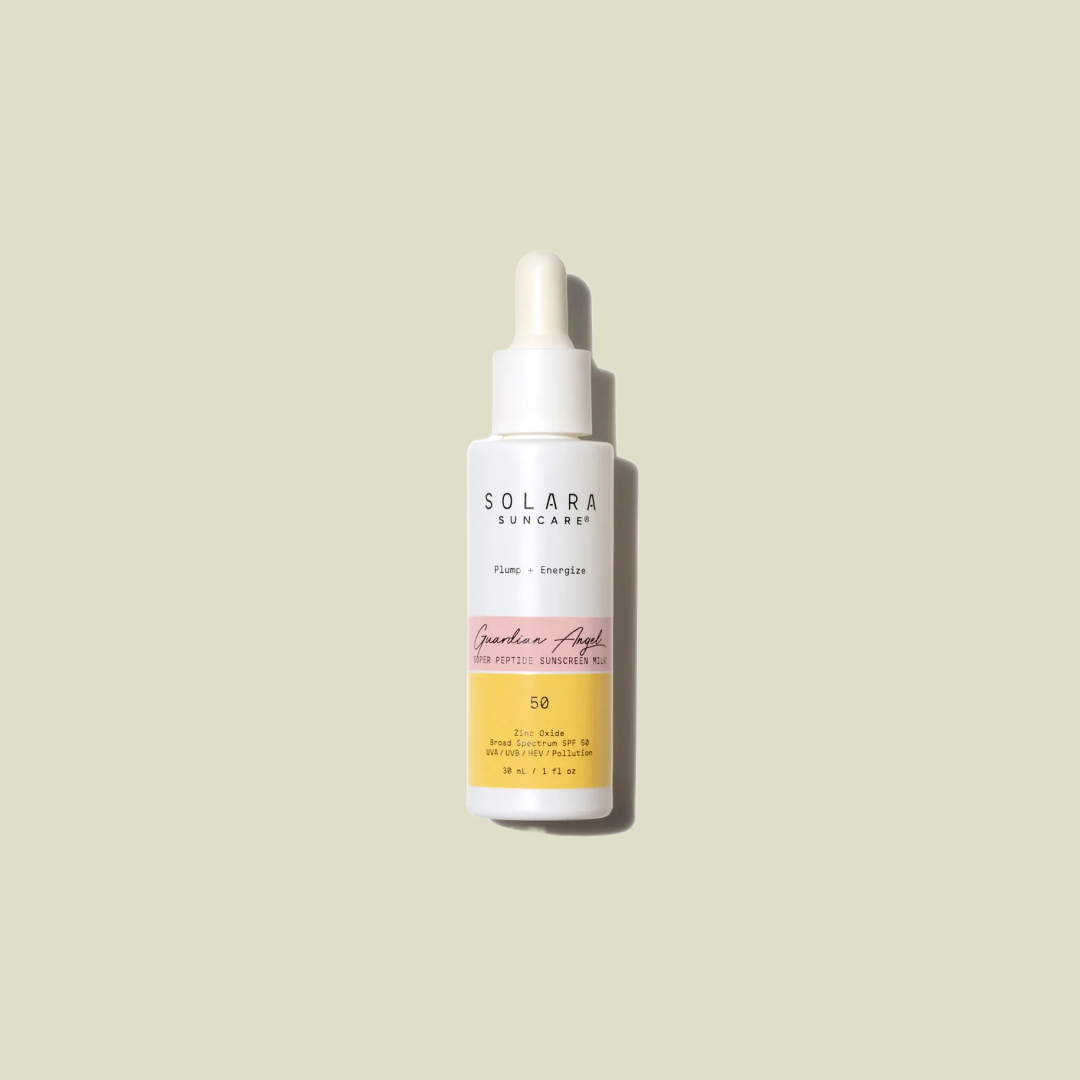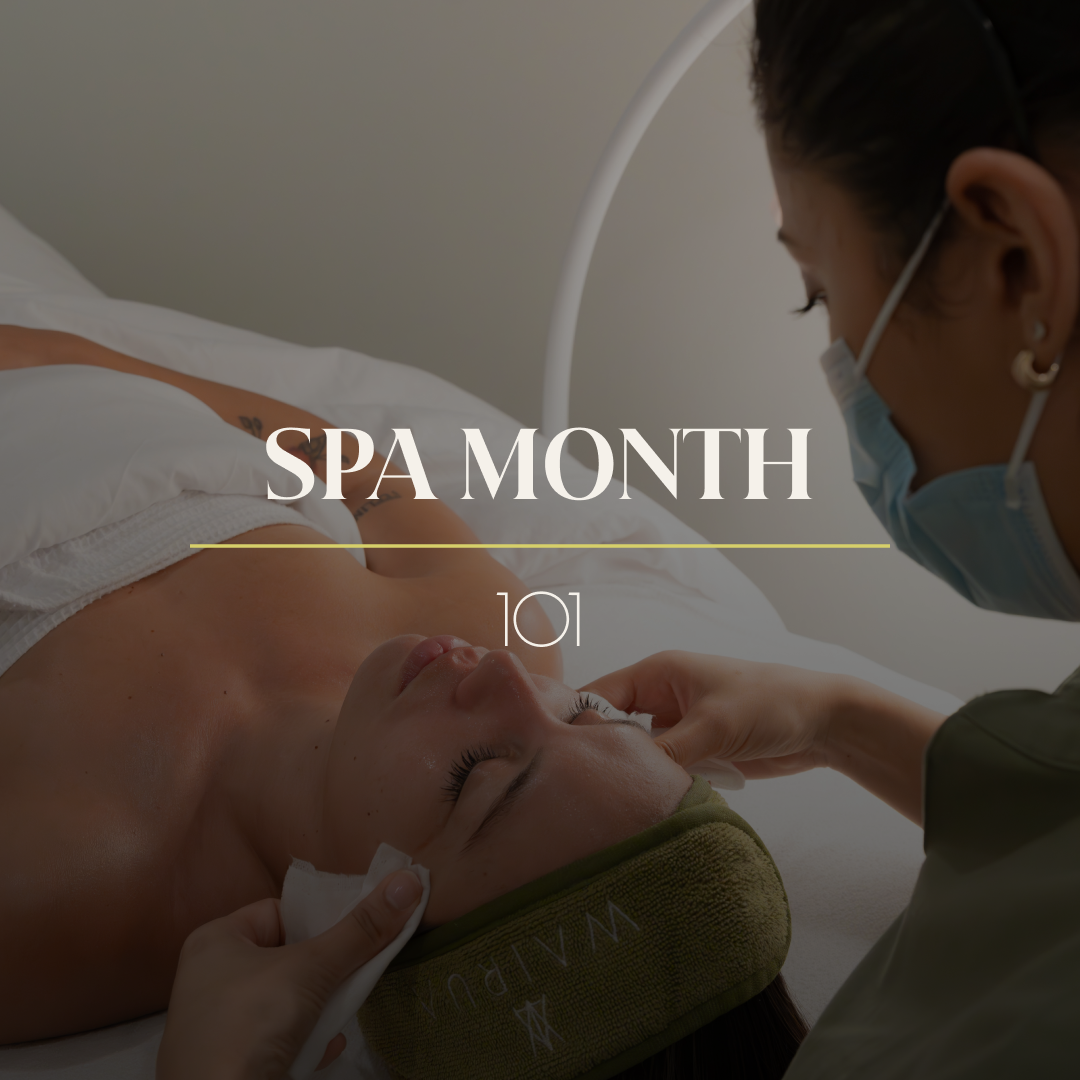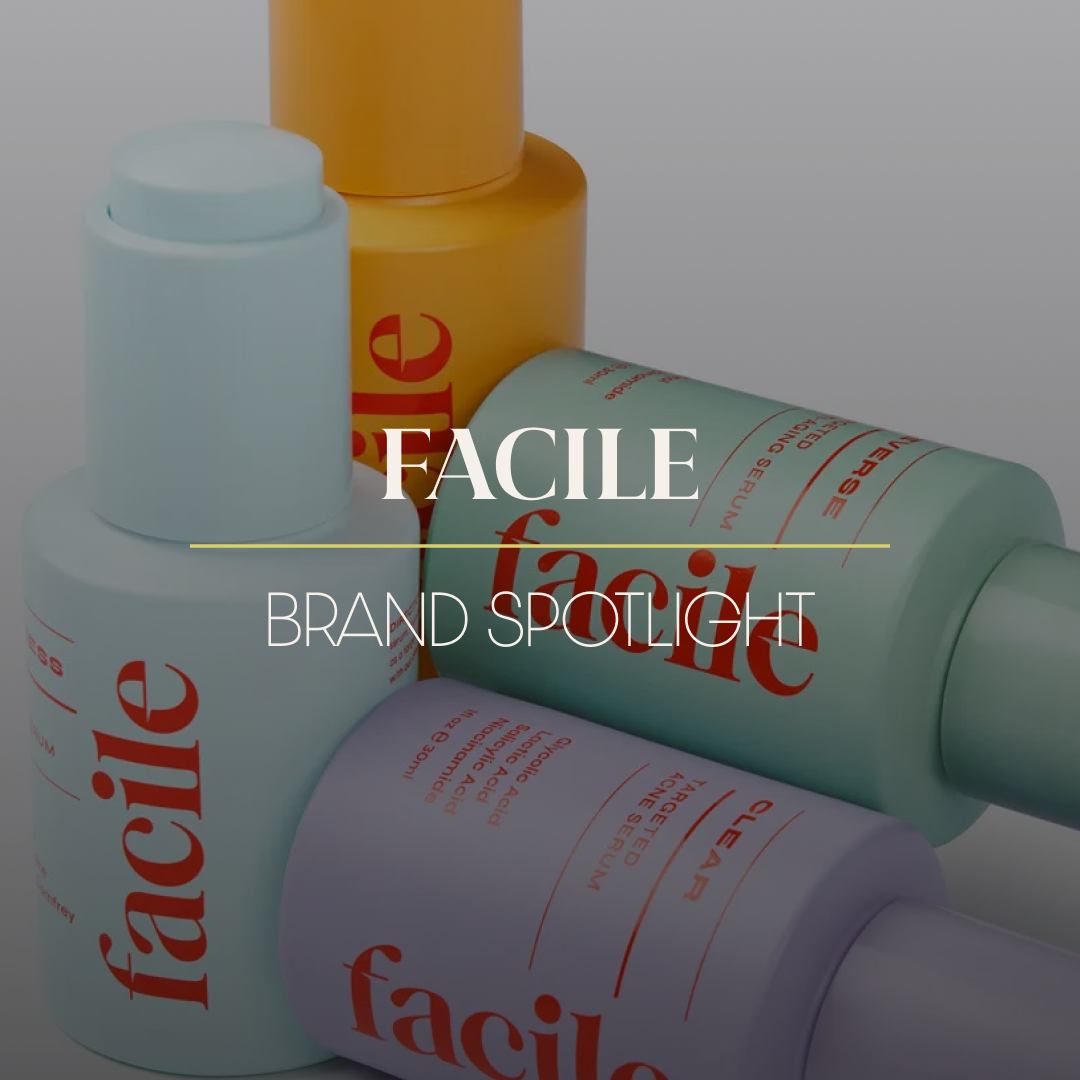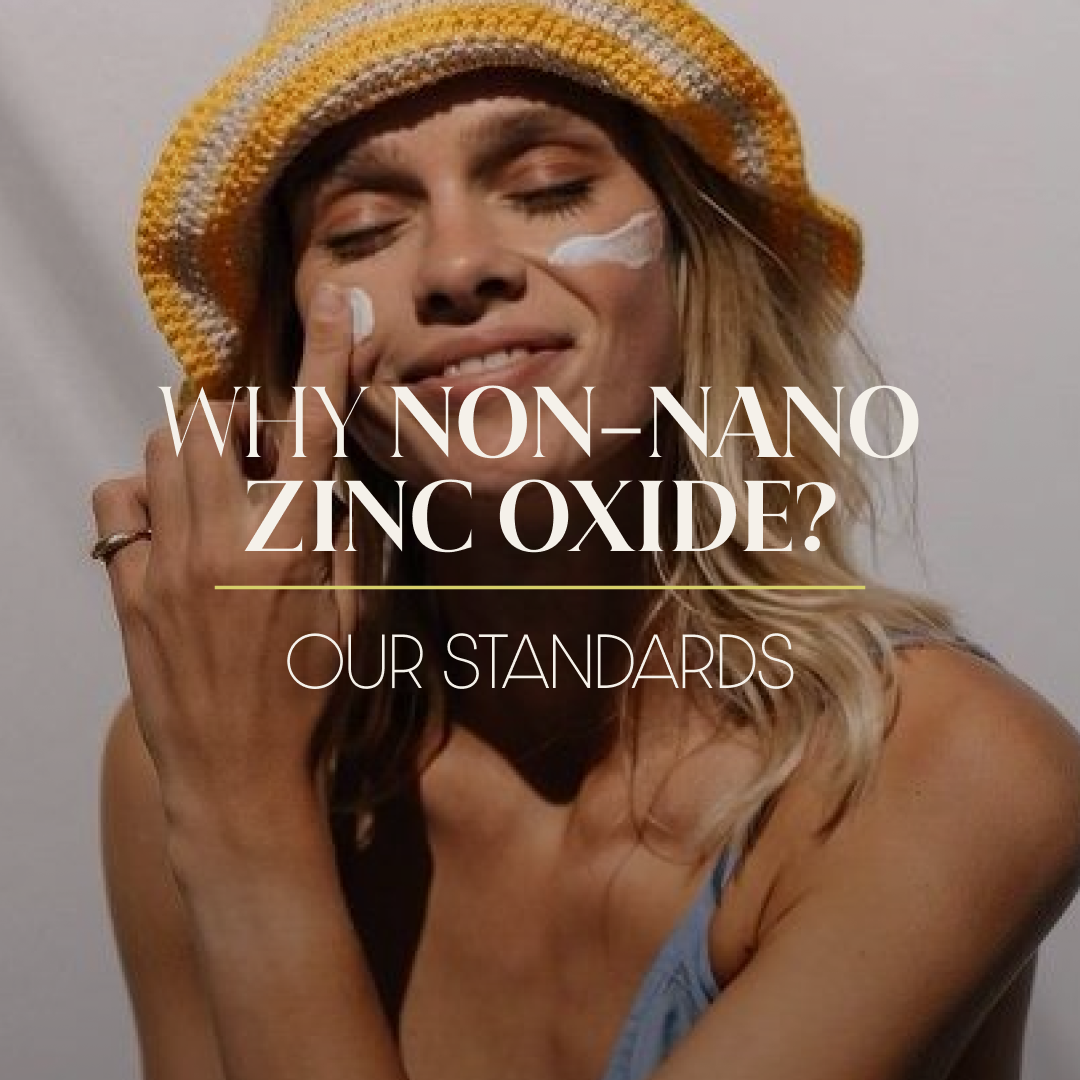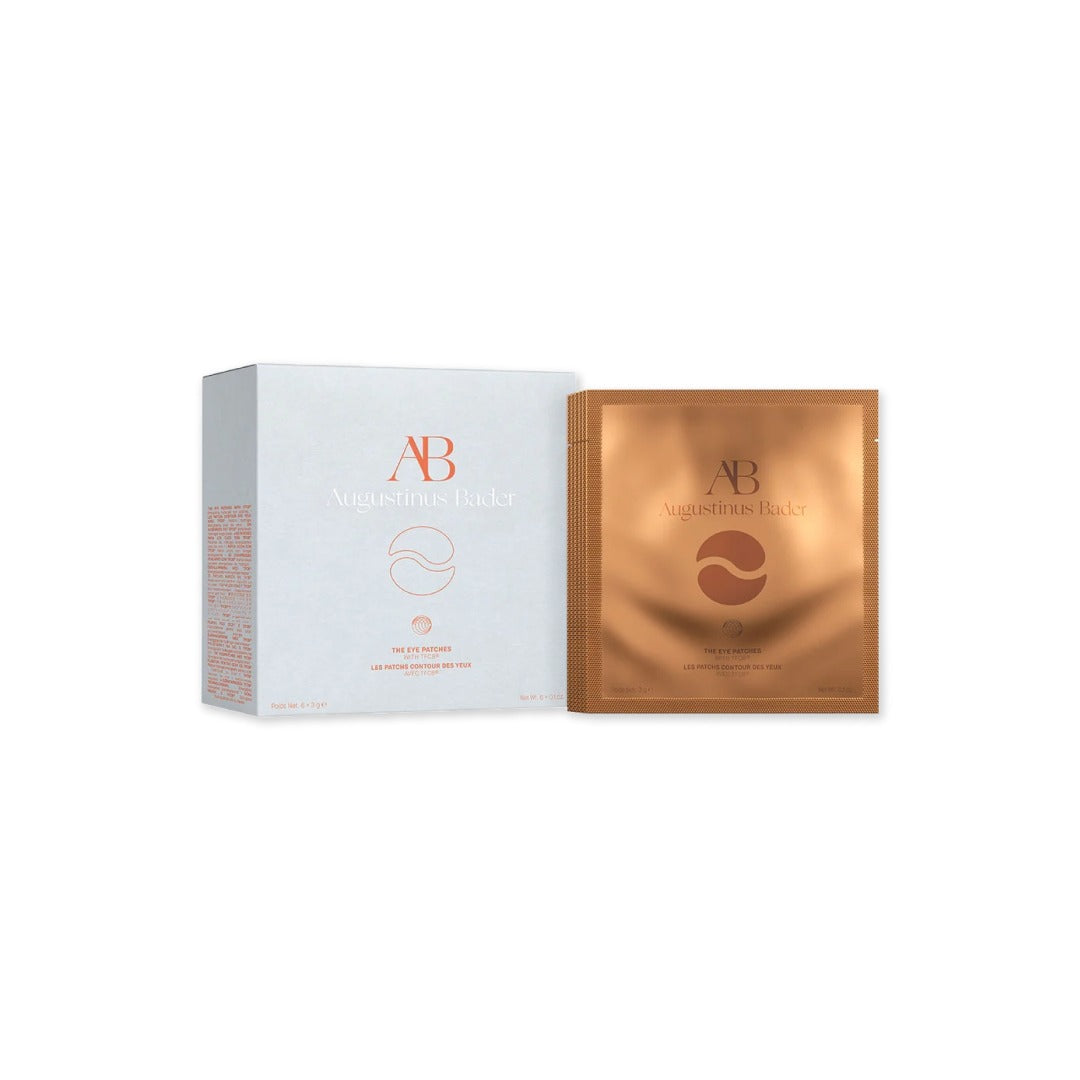At Wairua, we’re always talking about how we only curate sunscreens with mineral, non-nano zinc oxide. But what does that actually mean? Let’s break it down.
Mineral vs Chemical Sunscreens
There are two main types of sunscreens: mineral and chemical.
Mineral sunscreens use active ingredients like zinc oxide and titanium dioxide. These minerals sit on top of your skin and physically reflect UV rays away — like a mirror. They start protecting you immediately upon application.
Chemical sunscreens, on the other hand, work differently. They absorb UV rays into the skin, transform the rays into heat, and then release that heat from the body. Common chemical sunscreen ingredients include:
Oxybenzone - Octinoxate - Avobenzone - Octocrylene - Homosalate
Sounds fine, right? Not exactly.
The Problems with Chemical Sunscreens
Chemical sunscreens come with some serious concerns:
-
Oxybenzone, a common ingredient, is not carcinogenic on its own — but when exposed to sunlight (you know, the whole point of sunscreen?), it can form harmful free radicals.
-
They can increase estrogenic activity in the body (hormone disruption).
-
They generate free radicals, leading to cellular damage.
-
They are linked to indirect DNA damage, which over time can contribute to cancer.
-
A 2007 University of California study found a significant correlation between sunscreen use and increased rates of skin cancer.
-
They can block the production of Vitamin D — crucial for your immune system, bone health, and mood regulation.
-
Many chemical ingredients are currently under FDA review because there isn’t enough evidence to confirm they’re safe. The FDA has stated that only mineral UV filters — zinc oxide and titanium dioxide — are officially recognized as safe and effective.
Why Some People Avoid Mineral Sunscreens
If mineral sunscreens are so good, why doesn’t everyone use them?
One word: white cast.
Mineral sunscreens, especially traditional zinc oxide formulas, can leave a chalky, white layer on the skin — not ideal when you’re at the beach trying to look and feel your best.
The Rise of Nano Zinc Oxide — and Why We Avoid It
To solve the white cast problem, many brands turned to nano-sized zinc oxide.
Nano particles are so tiny they can blend invisibly into the skin.
But here’s the catch: nano particles can potentially penetrate the skin barrier and enter the bloodstream. Research has raised concerns about nano-sized particles causing oxidative stress inside the body — something you definitely don’t want from your sunscreen.
Why We Choose Non-Nano Zinc Oxide
At Wairua, we believe you shouldn’t have to compromise your health for your skin to look good.
That’s why every sunscreen we curate uses non-nano zinc oxide — large enough to stay on your skin (where it belongs), but carefully formulated with advanced dispersion technologies to blend beautifully without leaving you looking like a ghost.
Some of the brands we carry even use patented ingredients to create an ultra-sheer, luxurious finish that protects you in the most beautiful, skin-loving way possible.
